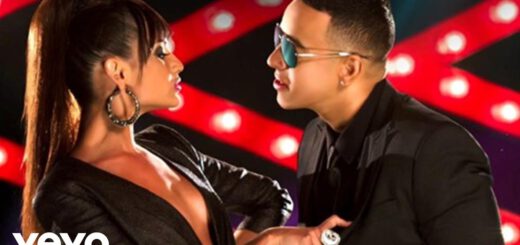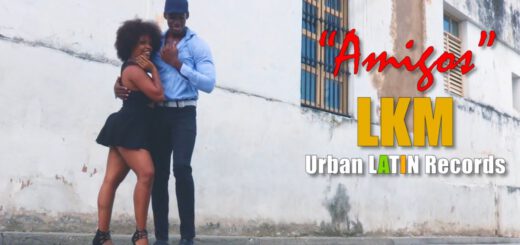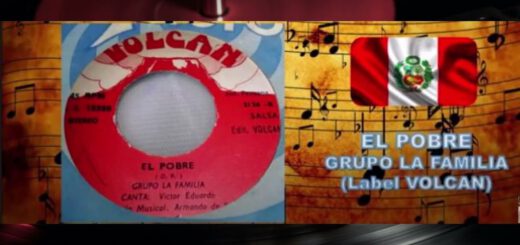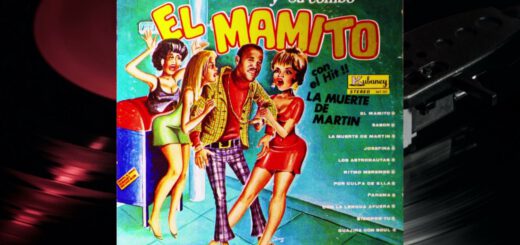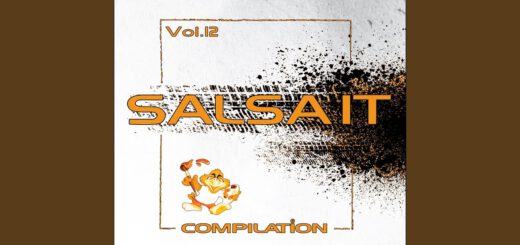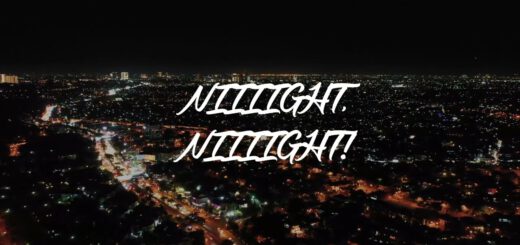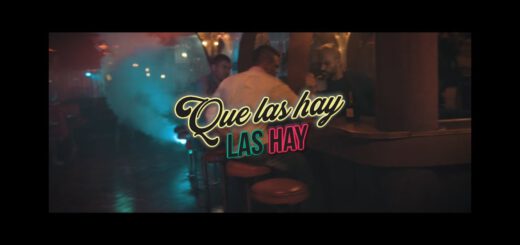Merengue Pambiche Dance (Edwin & Dakota)
Edwin M. Ferreras and Dakota Romero dancing to a Merengue (apambichao) « Ojala Que Llueva Cafe » by Juan Luis Guerra in Central Park.
If you enjoyed this video help us share it with the world.
Want to learn to dance Bachata, Bolero or Merengue? Want to hire us for an event? Contact us at www.lfxdancers.com or follow us at @edwinmferreras @dakota_romero @areitoarts
__________________________________________________________________
Merengue began making its appearance in the mid-1800s in a northern region of the Dominican Republic, which today is known as El Cibao. Following its prominence it subsequently spread throughout the entire motherland.During Rafael Trujillo’s reign (1930-1938), merengue was officially recognized, and still celebrated today, as the national music of the Dominican Republic.
After Trujillo’s demise, Dominican music industry changed tremendously as the process of migration and urbanization accelerated through the land.
Although merengue music draws many instrumentation similarities to its counterpart/rival Bachata, it is very distinct in feeling and energy. Merengue also shares many similarities to its neighboring genres: Palo, Mangulina, Salve, Gaga, Bachata, and its distant relatives Salsa and Son. Typically characterized as simple, festive, joyful, free-spirited and very interactive, Merengue has several distinct sub-genres including Tipico (perico ripiao), Mambo (urban merengue), Merengue Alibaba (carnival music), Orchestral Merengue, Merengue De Guitarra (bachatarengue), Pambiche (Palm Beach) and more. Each style is played at varying speeds and may be targeted to a certain social economic class, generation, or even gender. Most people in and out of the island simplyen joy all kinds of merengue with little regards to the type, this is in part due to the simplicity and welcoming and almost inviting feeling of its rhythms.
The instrumentation for merengue tipico is typically: Acordion, Guira, and Tambora, although other forms of merengue may also include Bass, Piano, Woodwinds (Saxophones), Brass (Trumpets and Trombone), as well as some others. In the 1990s a wave of new musicians and artists innovated the typical sound by including a bass drum to the line-up. The bass drum was played by the guirero with one foot on a pedal, which beats the drum. This gave merengue a sharper and stronger “kick” to its overall sound which accents on the downbeats making it easier for dancers to feel the rhythm amongst the layers of other instruments. This new “beat” heightened the feel and pulse of the music much like a march.
Some important figures that contributed in the history, progression, and development of Merengue include: Tatico Enrique, El Cieguito de Nagua, Johnny Ventura, Edilio Paredes, Fernando Villalona y Los Hijos Del Rey, Ramón Orlando, Wilfrido Vargas, Jossie Esteban y la Patrulla 15, Sergio Vargas, Juan Luis Guerra, Los Hermanos Rosario, El Zafiro, Peña Suazo, Antony Santos, Geovanny Polanco, El Prodigio, and Omega as well as great female artists such as Belkis Concepcion, Miriam Cruz and Las Chicas Del Can, Fefita La Grande, Olga Tañon, Milly Quezada, amongst others. Many of these artists are still around today making great music and inspiring future generations of merengueros around the world.
There are many books, documentaries, and sources around the world for those looking to learn more about Merengue. There is also an amazing ‘Dominican Studies Institute’ in New York City found inside of City College. The best sources I can recommend, however, are the living legends artists and musicians who are still around today, the music gurus, and the scholars who have dedicated years of field work and research in Dominican arts, culture, and customs.
Of course nothing beats a trip to Quisqueya and visiting the capital or the country side for some good old fashion live perico ripiao. If you’re ever in the D.R., don’t hesitate to ask the Dominican elders any questions you may have about the music or dance, as a deeply rooted and very proud people, most are open and happy to share what they know with anyone as long as they approach in a respectful manner.
“Yo soy el merengue, vibración de los Dominicanos. El sentir del quisqueyano y la razón de su existir, soy la inspiración de mi país” –Johnny Ventura


